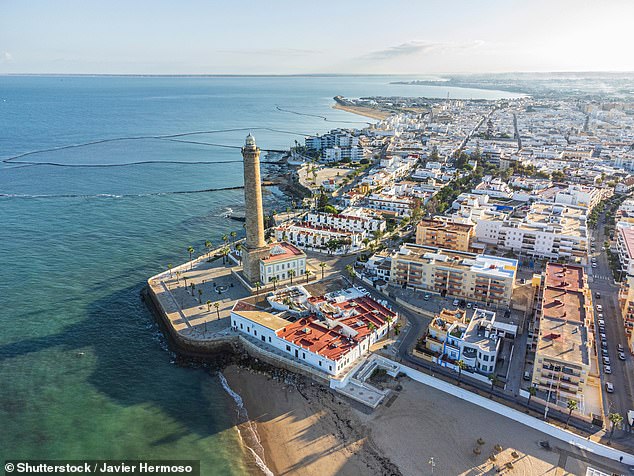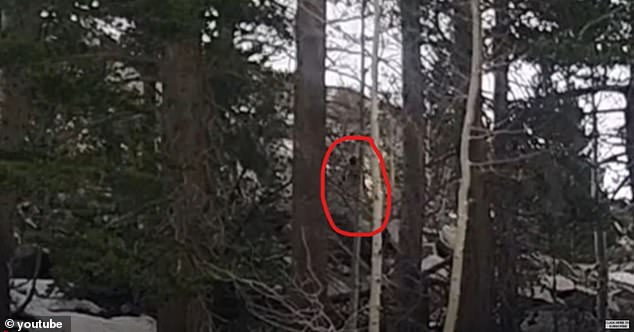
After Decades of Searching, I’ve Finally Uncovered the Lost City of Atlantis
The Search for Atlantis: Could Spain’s Coast Hold the Answer?
For millennia, the lost city of Atlantis has captivated imaginations. Archaeologist Michael Donnellan now claims it may lie submerged off southern Spain, near Cádiz, a region he says “perfectly matches” Plato’s ancient descriptions.
Plato’s Clues
In Timaeus and Critias (360 BCE), Plato described Atlantis as an advanced island kingdom destroyed by earthquakes and floods around 11,600 years ago. Its features included:
- A fertile coastal plain ringed by mountains.
- Massive concentric walls and canals.
- Abundant wildlife, including elephants, horses, and bulls.
Donnellan argues Cádiz’s geography aligns with these details. The area boasts a vast flat plain that drops sharply into the Atlantic, echoing Plato’s account of a “low mountain” bordering the sea.

Cádiz’s coastal plains and ocean shelf match Plato’s Atlantis description, according to Donnellan.
Underwater Structures
Sonar scans revealed submerged “long linear structures” near Cádiz, including concentric circular walls up to 20 feet tall. The outermost wall shows tsunami-like damage, while inner walls and canals align with Plato’s description of a central temple. Donnellan believes these ruins mark Atlantis’s capital.

Submerged walls and canals found off Cádiz may reflect Atlantis’s fabled architecture.
Ancient Wildlife & Trade
Plato emphasized Atlantis’s wealth of animals, which Donnellan ties to southern Spain:
- Horses: The Caspian horse, native to Andalusia, dates back to 3,400 BCE.
- Bulls: The Vaca Marismeña breed traces its lineage to ancient Iberian cattle.
- Elephants: Prehistoric ivory trade and Asian elephant remains suggest early global commerce.
“Plato’s details about chariots and cavalry fit perfectly here,” Donnellan said.

The Caspian horse, one of the world’s oldest breeds, roamed Andalusia for millennia.
Mysterious Caves & Cataclysm
Inland cliffs near Cádiz feature thousands of precisely aligned caves, stacked 65 feet apart. Donnellan theorizes these were shelters for survivors of a catastrophic flood. “Cavemen weren’t primitive—they were post-apocalyptic,” he suggested. Plato attributed Atlantis’s demise to a massive earthquake and tsunami, which Donnellan links to the controversial Younger Dryas impact hypothesis (c. 11,600 BCE), though mainstream scholars remain skeptical.

Caves carved into cliffs may have housed survivors of Atlantis’s destruction.
Unanswered Questions
While Donnellan’s findings are compelling, Atlantis remains elusive. Critics note gaps in linking Spanish ruins to Plato’s timeline. Still, the blend of geological alignment, ancient fauna, and submerged structures keeps the mystery alive—and Cádiz at the heart of modern Atlantis lore.

The Vaca Marismeña bull breed has ancient roots in southern Spain, as described by Plato.
Could Plato’s Atlantis lie beneath Spain’s waves? For Donnellan, the search is just beginning.


